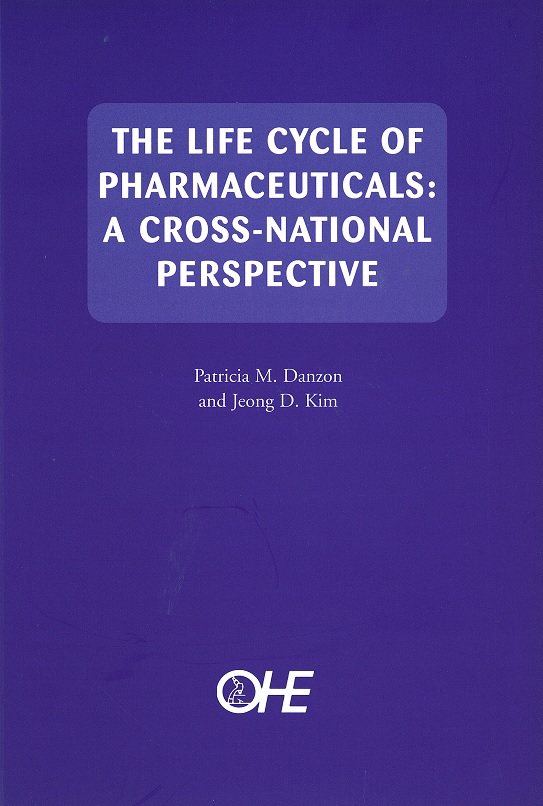Unlocking the Value of Combination Therapies

This study provides a life cycle perspective on cross-national differences in pharmaceutical prices, volumes and expenditures. Most previous studies have focused solely on cross-national differences in drug prices, comparing prices for a small sample of branded products at a single point in time.…
This study provides a life cycle perspective on cross-national differences in pharmaceutical prices, volumes and expenditures. Most previous studies have focused solely on cross-national differences in drug prices, comparing prices for a small sample of branded products at a single point in time. However, policymakers are increasingly concerned with total drug expenditures, which reflect volume and average prices for all products. Similarly, the pharmaceutical industry, in making decisions about pricing and launch of a drug in different countries, is concerned not only with launch price but also with the total life cycle profile of price, volume and lifetime return on investment.
Globally, both policymakers and industry should be concerned with the relative contributions of different countries to the common costs of pharmaceutical research and development (R&D). These relative contributions depend not only on relative prices but also on per capita consumption and hence total expenditures. The life cycle price, volume and expenditure profiles reported here address some of these policy and corporate questions, while also making a contribution to the methodology of cross-national comparisons for medicines.
In this study we use comprehensive data on outpatient sales for all drugs in seven countries (Canada, France, Germany, Italy, Japan, the UK, and the US) for the period 1981-1992 to provide cross-national comparisons of the profiles for average price, per capita volume and expenditure over the life of a molecule. Since our price data are at the manufacturer level, our measures can be interpreted as per capita expenditure on pharmaceuticals from the payer’s perspective or per capita revenue from the manufacturer’s perspective. The life cycle expenditure profiles are also converted to a discounted present value at launch, which provides a rough summary measure of each country’s per capita contribution to the common costs of R&D.
The Life Cycle of Pharmaceuticals: A Cross-National Perspective
Danzon, P. and Kim, J.
(2002) The Life Cycle of Pharmaceuticals: A Cross-National Perspective. OHE Monograph. Available from https://www.ohe.org/publications/life-cycle-pharmaceuticals-cross-national-perspective/